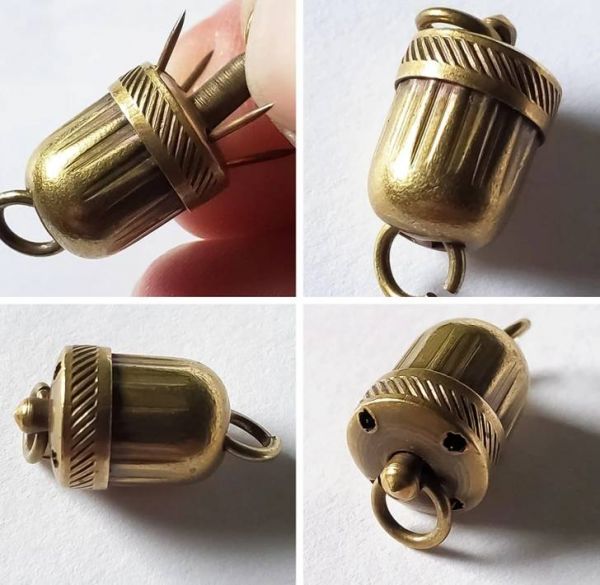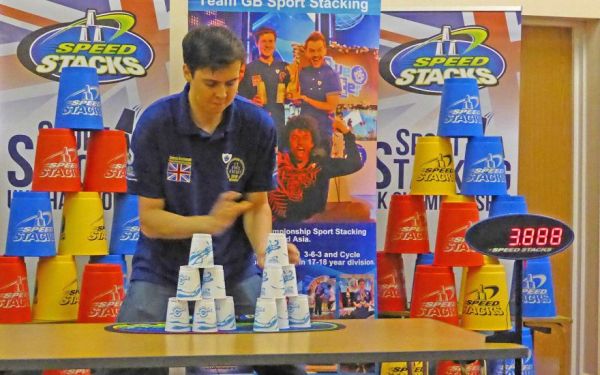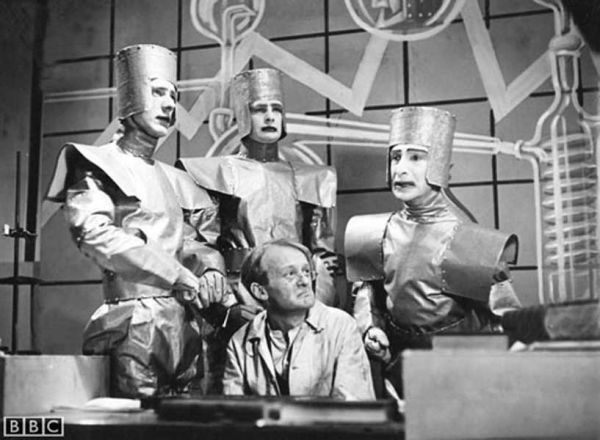Over at TYWKIWDBI, Minnesotastan talks about natural tree fractures and what to do about them. You can trim a tree to promote scar tissue and recovery, but not all broken trees can be saved. Sure, you can just remove a broken tree, but there's a better solution. "Fracture pruning" and specifically "coronet cuts" are practices that promote rotting. But why would you promote rotting? It couldn't be good for the tree!
No, but it would be good for the tree's descendants, and other species of plants, animals, insects, fungus, and microorganisms. A dead tree, or a rotting log on the forest floor, is an entire ecosystem. Different kinds of fungus break down the hard parts of the wood, softening it enough for insects to move in. Birds, bats, and other animals come and eat the insects and the fungus. The softening tree provides shelter for some species and nutrition for others, including new plants that may take root there, from mosses to trees. Meanwhile, the decaying wood that isn't consumed becomes compost for the forest floor. Read about the crucial role of rotting wood in a forest ecosystem at Knowable magazine.
(Image credit: redditor narkotikahaj)


















